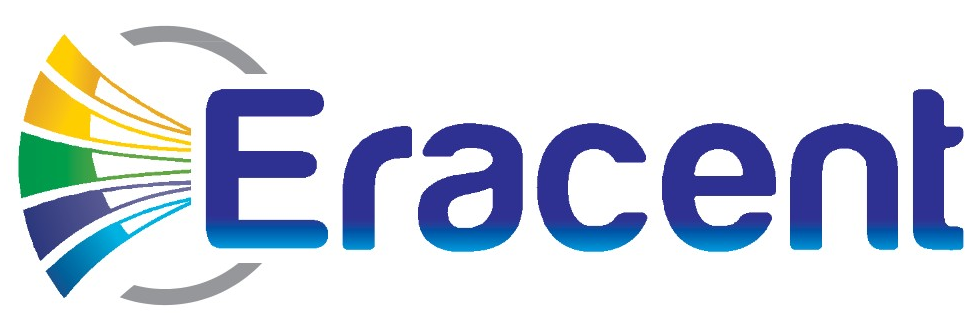Eracent and our trusted partner Konnagar recently presented two Oracle license management webinars - "Managing Your Oracle ULA" and "Oracle License Optimization: Saving Money, Reducing Risk". The participants posed a few interesting questions, so we thought we'd extend a few of those questions and responses to this forum.
This post will address the first question:
"We had an engagement with Oracle in the past year, and we were asked to provide them with a list of instances with database products on them. We were able to assemble a list from our records, but we were not comfortable that we had included them all. We were nervous that we'd be penalized if Oracle found something we weren't aware of. How do you recommend that we track this information so that we can be confident that we have included all instances that apply?"
Great question, and that uneasy feeling is far too common when it comes to licensing reviews. When you are working with Oracle LMS or an independent consultant to review your Oracle license position for any purpose, it's true that this aspect of the exercise is based on trust. It's in both parties' best interest to have an accurate list of instances, and proper tracking is critical to making that happen. The consultant will use the list you provide to identify target instances where detailed scans should be run. This applies whether they use Review Lite or other scripts and methods to collect data about the installation and usage of Options, Features, and other system data that has an impact on licensing. Despite an organization's best efforts, there are times when record keeping can become disjointed and decentralized, and you aren't quite sure that everything has been recorded everything properly.
Tools can help!
Proper SAM Tools can certainly help in (at least) two ways: A lifecycle repository tool such as ITMC Lifecycle™ provides a structured, automated registry for each costly Oracle license that enables them to be proactively assigned to servers, projects, applications systems, and more. That's a great first step. As a fail safe, advanced discovery tools like ITMC Discovery™ can automatically detect and identify each instance where an Oracle database application is installed. With this type of detection and reporting, there is no reliance on manual record keeping - if it's on your network, it's in the results list. Everyone involved can be assured that all of the relevant environments will be scanned and included in the data set that is essential for making critical decisions. Your Effective License Position reports will be accurate, and your Optimization exercises will yield better results and more potential savings opportunities.
You can read more about Eracent's Oracle License Management capabilities here, and you can see Konnagar's expert Oracle advice at www.konnagar.com.
Contact Eracent for a demonstration or a Proof of Concept today!
